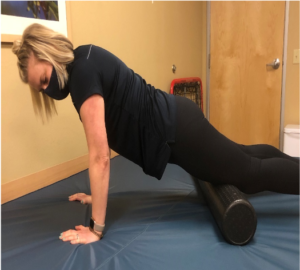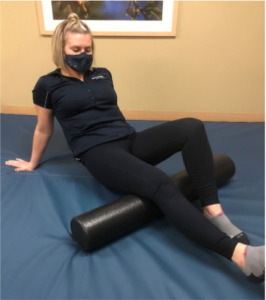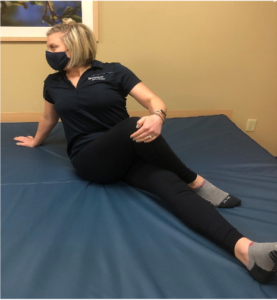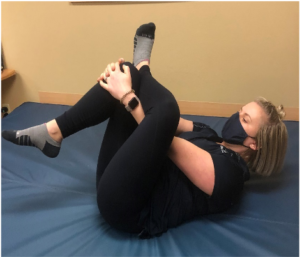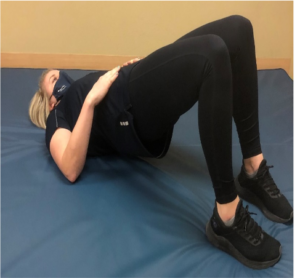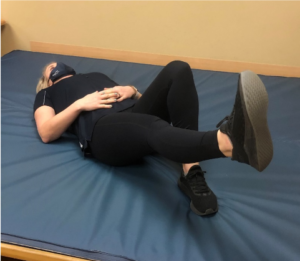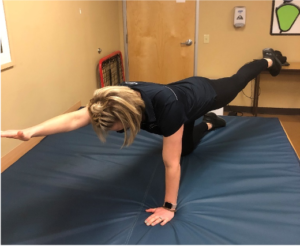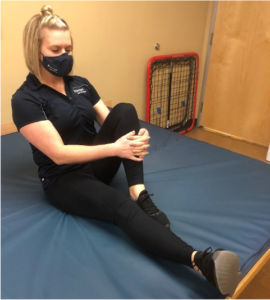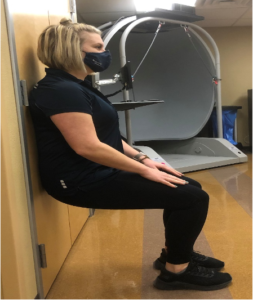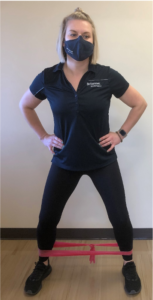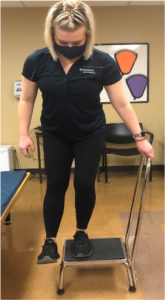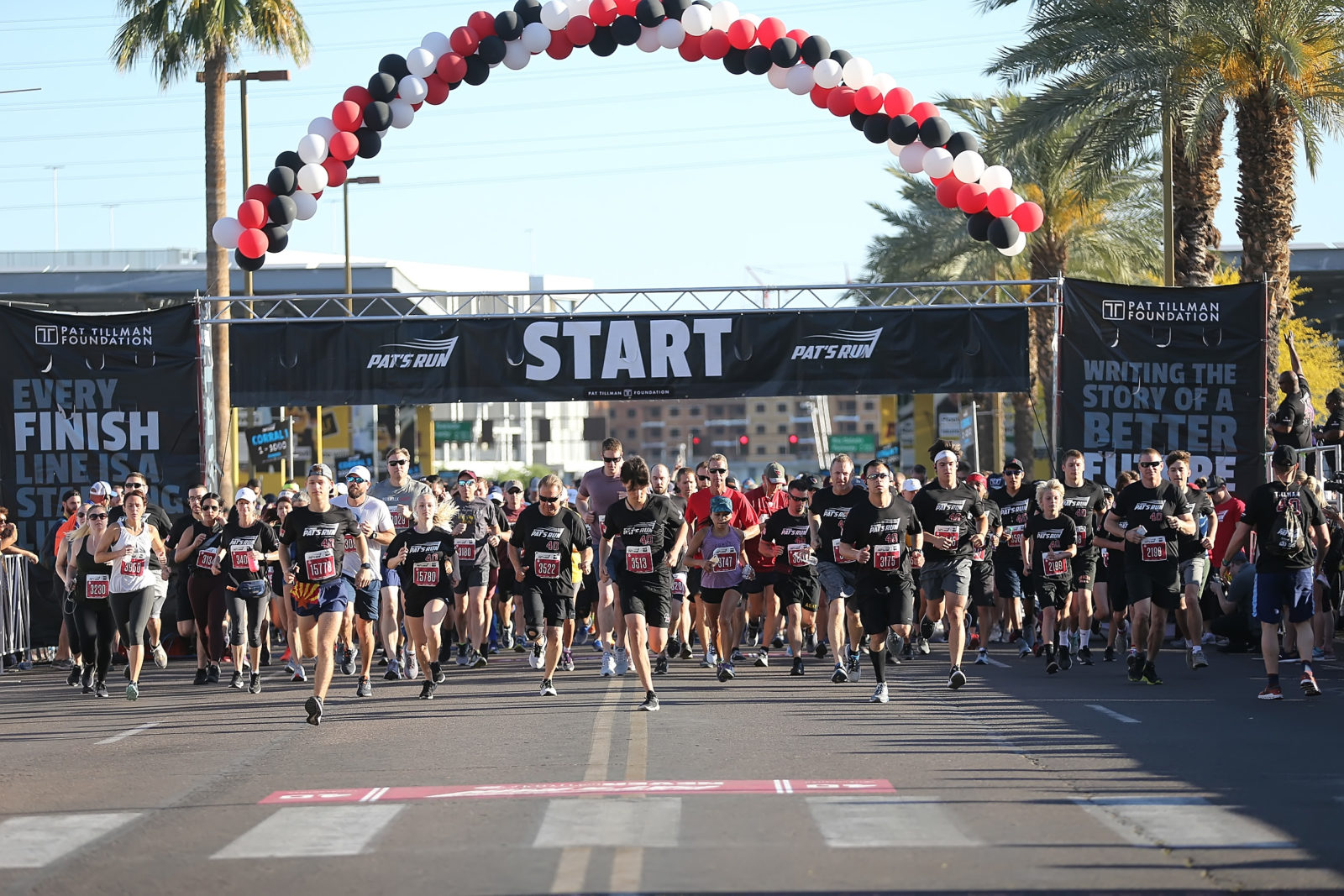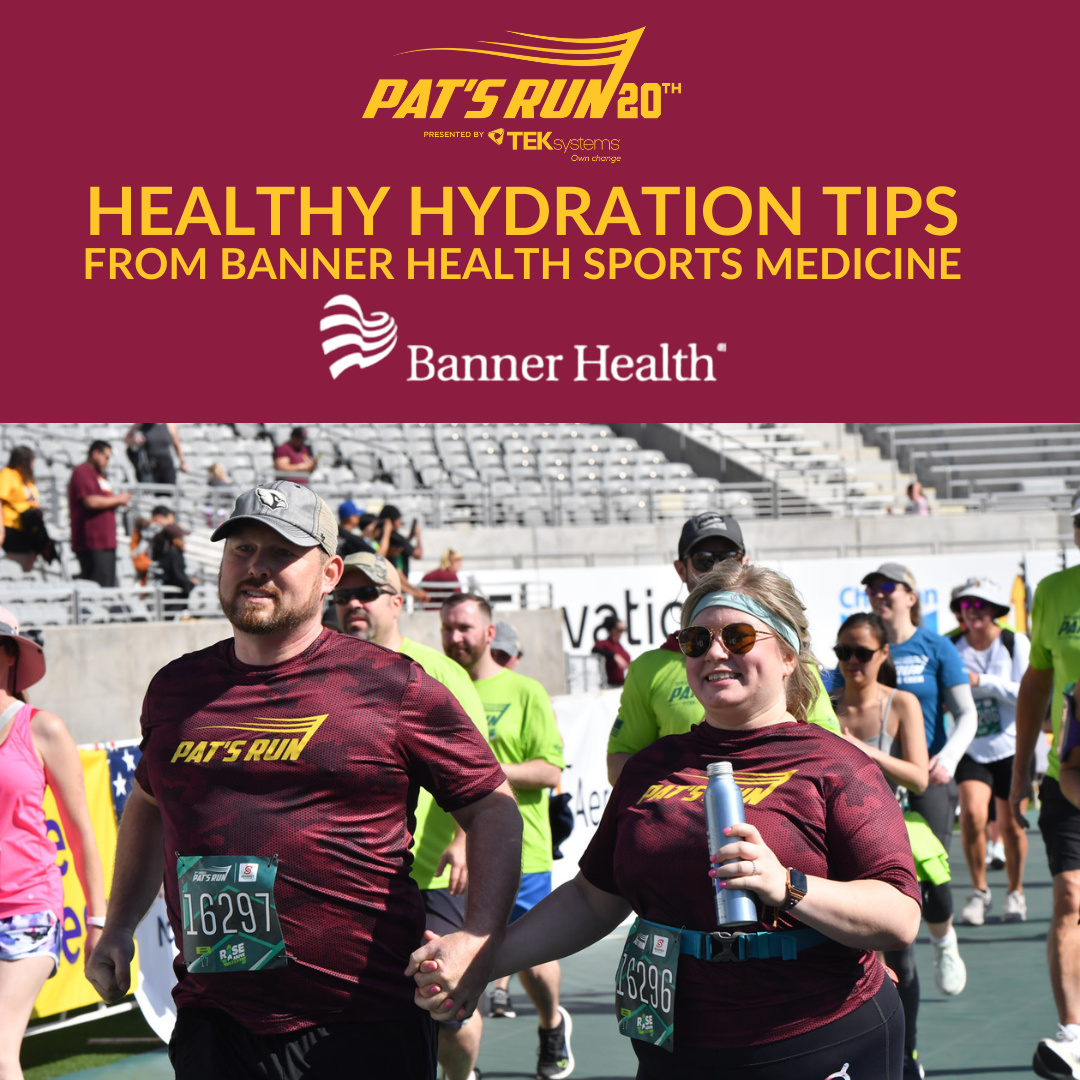Let’s Make Common Running Injuries Uncommon
By: Mary Gomez, DO and Amy Overlin, MD, Caren Godinez, ATC, Liz Whitley, ATC, Erica Illium, ATC, Banner Health
There’s nothing quite like the joy of finishing a race like Pat’s Run! A race you prepared, trained and worked so hard to complete. On the other hand, a nagging injury impacting your ability to train and even preventing you from finishing a race can bring so much frustration and disappointment. As previously discussed on The Mystery of Cross-Training Explained, running occurs in a straightforward plane of motion requiring repetitive use of the same muscles and tendons which can put you at risk for overuse injuries. There are unfortunately common overuse injuries in running; a few of which we discuss here and the remaining on an upcoming post. We hope after reading this you will have education and tools to help combat these potential injuries.
Patellofemoral Syndrome
Patellofemoral syndrome (PFS) is very common cause of knee pain. The patella or kneecap bone, tracks in the femur during flexion and extension of the knee. When athletes develop abnormal tracking patterns of the patella in the femur, PFS can develop. This can occur because of many reasons, but anatomical differences, more common in females, often contribute. Pain after being seated for a long period of time, pain with stair climbing and pain with running can occur. The mainstay of treatment of PFS is physical therapy exercises.
Iliotibial Band Friction Syndrome
The iliotibial (IT) band is a continuation of the tensor fascia lata, a muscle that extends down the outside of the thigh down to the knee. Injury can occur with the IT band when there is excessive friction of this band on the outside of the knee. This can occur after a sudden increase in training intensity, running on sloped surfaces, or poor shoe support. Symptoms of IT band friction syndrome include pain on the outside of the knee that worsens with activity and occasional popping or soft tissue swelling. If you are having this type of pain, consider decreasing the intensity of training, changing the training surface, or changing to a more supportive shoe. Also, you could incorporate the below exercises into your training program.
Exercises that can be used for both Patellofemoral Syndrome and IT Band Friction Syndrome are noted below. The main focus is on stretching the muscles that surround the knee and hip that may tighten when running and to strengthen the muscles around the hip and thigh that provide support and power while running.
FOAM ROLL – IT BAND
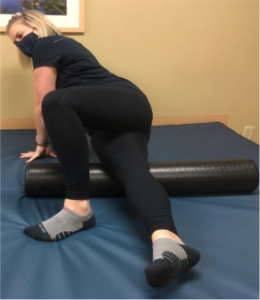
- On your side with the foam roll under bottom thigh.
- Next, use your arms and opposite leg, foam roll along your lateral thigh.
- Hold for 10 seconds over tight spots.
FOAM ROLL – QUADRICEP
- Lay face down so that a foam roll is under the top of one of your thighs. Cross the other leg over the top of your affected leg as shown.
- Next, while on your hands or propped on your elbows, roll forward and back across this area.
- Hold for 10 seconds over tight spots.
FOAM ROLL – HAMSTRING
- Sit on a foam roll under your thigh.
- Then, use your arms to help roll forward and back across this area.
- Hold for 10 seconds over tight spots.
HAMSTRING STRETCH
- Stand with heel propped on appropriate height table.
- Keep knee straight and toes pointed up.
- Extend your arms in front of your body then rotate arms and upper body in the same direction of the leg that is propped on table.
- Stretch should be felt on back of leg and calf.
- Repeat exercise on other leg.
- Hold for 15 seconds x 2.
STANDING IT BAND STRETCH
- While standing tall, cross left leg behind your right leg.
- Next, with your arm over head, lean to the side towards the front leg.
- Repeat on other leg.
- Hold for 15 seconds x 2
- Sit with one leg straight and the other knee bent and placed over the straight.
- Then gently turn your body towards the bent knee side.
- Hold for 15 seconds x 2
BRIDGE
- Lay on your back with knees bent, tighten your lower abdominals, squeeze your buttocks and then raise your buttocks off the floor. Hold for 5 seconds and then lower yourself slowly and repeat.
- Try single leg or adding a band for more of a challenge.
- (2×10 progress to more sets when too easy)
STRAIGHT LEG RAISE
- While lying on your back, raise up your leg with a straight knee hold for 2 seconds.
- Keep the opposite knee bent with the foot planted on the ground.
- **2×10 progress to more sets when too easy
- Begin on your stomach, then come up onto both hands (align under shoulders) and both knees (align under hips). Then brace at your abdominals and slowly lift a leg and opposite arm upwards. Lower leg and arm down and then repeat with opposite side.
- Maintain a level and stable pelvis and spine the entire time.
- 2×10 progress to more sets when too easy
- Bend left knee in close to your body and turn toes outward.
- Flex your right quad and lift foot off the ground.
- 2×10 progress to more sets when too easy
SIDELYING CLAMSHELL
- While lying on your side with your knees bent, draw up the top knee while keeping contact of your feet together.
- Do not let your pelvis roll back during the lifting movement.
- Include the band or a side plank for more of a challenge.
- 2×10 progress to more sets when too easy
WALL SIT
MONSTER WALK – BAND AT ANKLES
- Place a looped elastic band around both ankles.
- Next, bend your knees and step forward while keeping tension on the band the entire time.
- After taking several steps forward, reverse the direction taking steps back until you return to the starting position. Repeat.
- 2×10 progress to more sets when too easy
SIDESTEP DOWN
- Perform a single leg squat, acting as though you are sitting back into a chair, and tap the heel of the abducted leg to the floor.
- Be sure back is straight and the knee performing the single leg squat does not go beyond the toes.
- 2×10 progress to more sets when too easy
Not all education applies to all athletes. If you have prior medical conditions or severe pain, please seek medical evaluation.

